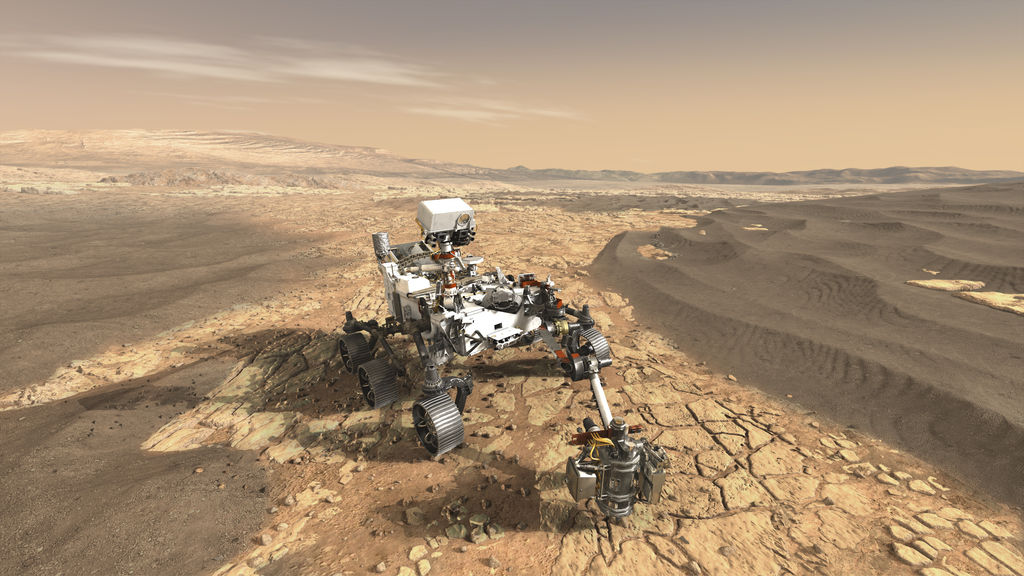A University of Alberta scientist will soon have an out-of-this-world experience.

Chris Herd has been chosen for a key role in NASA’s Mars 2020 mission.
This will mark the first time a rover is sent to collect samples from the planet, with hopes of them being returned through a future mission.
Herd won’t actually go to Mars, but will be one of 10 experts who will help ensure samples collected by the rover will give insights to the planet’s geological history.
“My interest in Mars goes back a long time. In fact, I was 13 years old when I decided that I wanted to work on rocks from Mars.”
“I guess you can say that I had a life-long goal to work on these Mars rocks,” Herd said.
The rover will land on the planet Feb. 18, 2021. It will seek signs of past microbial life and characterize the planet’s climate and geology. It will be the first rover to ever carry a drill for coring samples from Martian rocks and soil.

“The rocks that we really want are three-and-half or four-billion years old, from sediments that were laid down by water under conditions that we know life could of survived.”
“We are really looking for evidence of life,” Herd said.
“The main driver for this mission is going with the right instruments, interrogating these rocks, in this case, in an area that was a crater lake. So an area that was filled with water and a river flowed into it and the river deposited sediments in the bottom of the lake on what’s called a delta.”
“The delta sediments became rock and are still there, that was three-and-half, four-billion years ago, we think approximately when that happened, and the rocks are still there for us to go and interrogate.
“So the whole idea is that any life that was living in the lake or that was living up in the area that was drained by the rivers would be carried in and preserved as rocks.”
The rover is car-sized, weighing about 2,260 pounds, and is about 10 feet long, nine feet wide and seven feet tall.
Collecting samples and bringing them back will be a multi-stage process. First, they will drill for the samples and later, another rover will be sent to space to collect them, and then they will be brought back to Earth.
“It will come back, probably no earlier than 2031. There are 31 samples that can be collected. They will be about 10 centimetres long and a couple centimetres across.”

Herd compared this mission to when Apollo samples were collected.
“This is the first step in bringing samples from Mars, to do what the Apollo samples did for our understanding of the moon. Those samples are still being worked on today by researchers all around the world.”
Herd said the Mars will be a legacy for future generations.




Comments